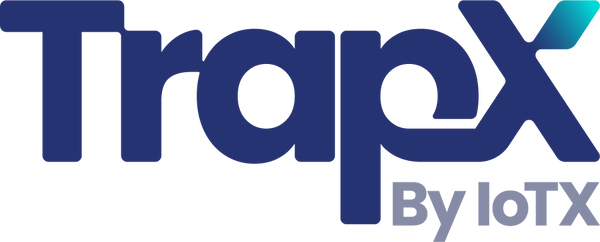Why Continuous Monitoring Beats Periodic Inspections in Pest Control
Share
In today's fast-paced world, businesses and industries are constantly evolving, and so are the challenges they face. One such challenge is the need to maintain high standards of safety, hygiene, and efficiency. Among these, pest control remains a critical concern for many sectors, particularly in hospitality and food services. This is where the debate between continuous monitoring and periodic inspections comes into play. Understanding why continuous monitoring beats periodic inspections is essential in making informed decisions that can greatly impact the success and reputation of a business.

The Limitations of Periodic Inspections
Periodic inspections have been the traditional approach to pest control for decades. The concept is simple: schedule regular intervals for inspections and address any issues as they arise. However, this method has several limitations that can lead to significant gaps in pest management.
Delayed Detection
One of the most significant drawbacks of periodic inspections is the delay in detecting pest infestations. Since inspections are scheduled at intervals, there is a chance that a pest problem could develop and go unnoticed until the next inspection. This delay can result in more severe infestations that require more extensive and costly treatment solutions.
Reactive Approach
Periodic inspections foster a reactive approach to pest management. Instead of preventing infestations, businesses often find themselves dealing with problems after they have already occurred. This can lead to increased expenses in terms of both time and resources.
For more insights into the challenges of hotel pest monitoring, you can explore hotel pest monitoring challenges.
The Advantages of Continuous Monitoring
Continuous monitoring provides a proactive solution to pest management by utilizing technology and real-time data to maintain control over pest populations. This approach offers several advantages over periodic inspections.
Real-Time Data
With continuous monitoring, businesses can access real-time data on pest activity. This allows for immediate detection of any issues, enabling prompt action before pests become a significant problem. The ability to respond quickly can prevent infestations from escalating, saving both time and money in the long run.
Proactive Prevention
Continuous monitoring shifts the focus from reacting to problems to preventing them altogether. By identifying trends and patterns in pest activity, businesses can implement targeted strategies to deter pests before they become a threat. This proactive approach is more efficient and cost-effective.
For a deeper understanding of how pest monitoring can reduce hotel expenses, check out pest monitoring benefits.
Implementing Continuous Monitoring in Your Business
Adopting continuous monitoring requires investment in technology and training. However, the long-term benefits far outweigh the initial costs. Businesses can integrate smart sensors, automated reporting systems, and expert analysis to create a comprehensive pest management strategy.
Technology and Innovation
The advancement of technology has made continuous monitoring more accessible and effective. Smart traps, sensors, and mobile apps provide real-time alerts and data analysis, allowing businesses to stay ahead of potential infestations. By leveraging these tools, companies can achieve a higher level of control and efficiency.
For more information on the impact of technology on pest control, visit pest control technology.
Training and Expertise
Implementing continuous monitoring also involves training staff to understand and utilize the technology effectively. By partnering with pest management professionals, businesses can ensure that their teams are equipped with the knowledge and skills needed to maintain a pest-free environment.
To learn more about the importance of guest safety in pest management, read guest safety in pest management.
Conclusion
The shift from periodic inspections to continuous monitoring represents a significant advancement in pest management. By embracing technology and adopting a proactive approach, businesses can protect their operations, reputation, and bottom line from the threats posed by pests. Understanding why continuous monitoring beats periodic inspections is crucial for any industry seeking to maintain high standards of safety and efficiency.

FAQs
What are the main benefits of continuous monitoring?
Continuous monitoring provides real-time data, enabling immediate detection and proactive prevention of pest infestations. This approach is cost-effective and helps maintain a pest-free environment.
How does technology enhance pest management?
Technology such as smart sensors and automated reporting systems allow for real-time tracking and analysis of pest activity, leading to more efficient and effective pest management strategies.
Is continuous monitoring suitable for all industries?
Yes, continuous monitoring can be adapted to suit various industries, including hospitality, food services, and manufacturing, to ensure high standards of safety and hygiene.
For more information on pest management in the hospitality industry, visit hospitality pest control.
